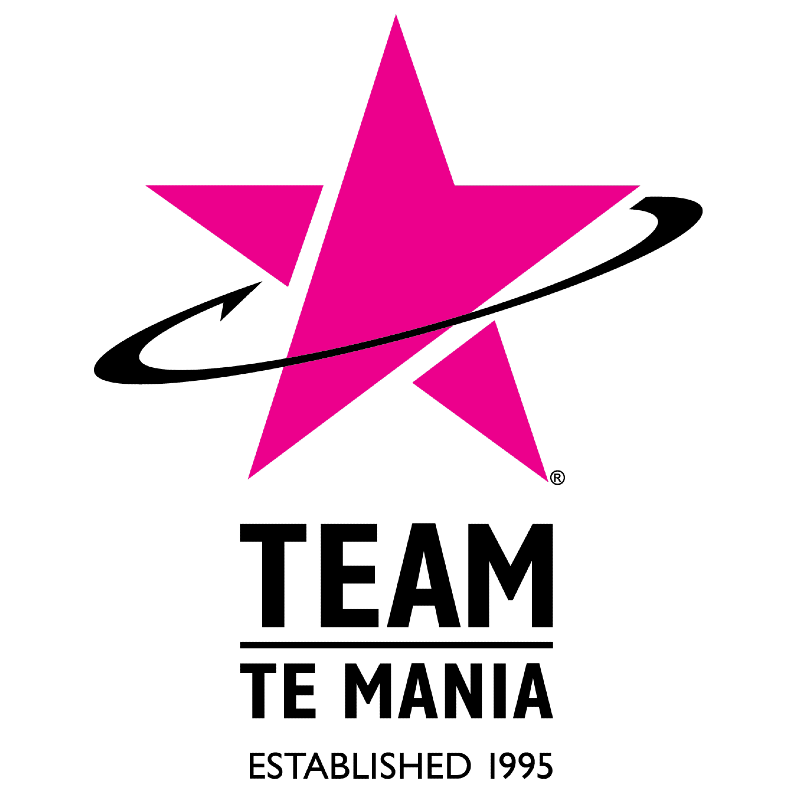In Western Victoria there are always seasonal challenges, never mind markets, but the Jackson herd has found a mix of pure genetics and a parallel breeding strategy is paying off where it counts – on the bottom line, reports The Western District Farmer, 15 February, 2010.
For Karen and Jon Jackson, participation in a dedicated genetics cum progeny testing program was an epiphany. With 1460 hectares of buckshot rises to fine sandy loam over clay and heavy black flats, their property Toolong, at Woolsthorpe, 30 kilometres north of Warrnambool, was all about perennial ryegrass and clover and one calving.
Their path to better production would be genetics, in tandem with a breeding program which better reflected the Western District seasons. Steers are nearly always purchased by Rangers Valley Feedlot for the target markets.
Richard Eldershaw, Livestock Manager for Rangers Valley, described Jon Jackson as an “extraordinary operator” with whom Rangers Valley has been dealing for the past 19 or 20 years. He said that when Rangers Valley first started buying Toolong cattle they already had a Te Mania Angus base but their genetic acceleration through Team Te Mania has made them better cattle – and got them there faster.
“They are wonderful cattle, with high growth rates and above average marbling, despite the fact that that the cattle are turned off younger than most suppliers’ cattle.” Richard said.
“Jon has an amazing ability to turn off large lines of even cattle, even in a tight season. “Yes, the only thing I would change is where the farm is based – I would prefer it to be a lot closer to our feedlot,” he said.
Twelve years ago Toolong was a totally autumn calving enterprise, and if its “good” cows did not cycle in the AI program, they were carried over to the spring. Now calving down as many as 1000 cows, Toolong join two thirds of the herd in autumn and the balance in spring. That gives them twice the use of their bulls, requires less supplementary feed for the spring herd and has lifted cycling and improved conception rates with more top tucker. And it has all but overcome bull breakdowns in the spring, with its conditions drier than the notorious Western District June and July.
The autumn calving herd also offsets the fact a lot of the property can be wet in spring, making it almost impossible to successfully calve down 1000 cows.
For Jon Jackson the only disadvantage of the double calving is doubling the time spent in the paddock checking calving cows.
“For us the difference was getting in as a foundation, and progeny test, herd in the Team Te Mania program,” Jon said.
“Today we only use Te Mania Angus genetics as part of our Team membership and we lease 18 bulls over a three-year cycle, backed up with Te Mania Angus semen in the AI programs”.
“Through the lease program we are supplied with cutting-edge bulls at a reasonable, and fixed, cost and if one breaks down it is replaced quickly.”
Jon said his herd is bred to supply the longfed and CAAB market with sires selected with good IMF figures, not excessive 600-day growth EBVs and moderate mature weights. It costs more, he said, to feed a big cow than a smaller one but his heifers can still handle birthweight EBVs of 4/4.5 if they are well grown and not too fat.
“That dramatically increases our potential sire availability, and we also place quite an emphasis on the longfed index in sire selection,” Jon said.
“The average CAAB $Index for the bulls on hand is +$119, where the breed average is +$83.
“Our bulls are all semen tested prior to joining and every female in the Toolong herd is vaccinated against pestivirus,” he said.
At Toolong the autumn calving is both AI and natural, while spring is all natural. The AI program provides the means to increase the rate of genetic improvement of the herd at an affordable cost, with 220 heifers synchronised using CIDRs and prostaglandin. They are cycled twice in an endeavour to pick up the heifers which did not cycle or conceive the first time around .
Jon said on average he achieves 65-70 pc conception per cycle.
“After the program the heifers are split into three mobs for the back-up bulls,” Jon said.
“A further 150/200 cows are cycled using two doses of prostaglandin and the bulls are put into groups of 50/60 AI cows,” he said.
“Synchronised cows which did not present in the AI program are mated in a small group and then split up with other naturally joined cow groups. Naturally mated cows are joined in groups of around 45 cows
“In the past we have used higher cow-to-bull ratios and have had mixed results so we have found it better to be conservative and use an extra bull or two with smaller groups.
“We still join the cows for nine weeks and the calves can be aged at preg-testing to identify the early calvers.”
The autumn herd cows preg-test at 92-93 pc in calf and the spring cows are usually one or two pc better, probably due to better feed availability and weather. Individual joinings are recorded and calves are tagged at birth and entered into the herd recording program. Selected weights and scan data for IMF, EMA and fat measurements are sent to Breedplan and the resulting herd EBVs have proved an invaluable tool to aid in selection of replacement females and help in choosing sires for mating.
“The gains are to be seen in the carcase data feedback,” Jon adds. “To aid in the collection of the data we use NLIS tags in conjunction with a panel reader on the crush and a laptop running Koolcollect software.
“It is not hard to weigh and drench 150-plus steers an hour, then just download the data to the herd recording program and e-mail it to Breedplan,” he said.
“A few dollars have to be spent to buy these things but I no longer have to spend hours at night making mistakes typing in the data and we receive more accurate information.”
This year Toolong has also direct drilled 60 hectares of Winfred rape and tonic as a summer crop, which will be strip grazed to maintain steer growth of approximately .8 kilogram per day. The summer crop is followed by annual ryegrass and balansa clover for strip grazing steers and hay and silage over two years before being re-sown to permanent pasture.
Hay is fed to the autumn calving herd in autumn and winter with rolled or pit silage for spring-calving cows and calves over summer then to spring weaners and autumn calved heifers in autumn.
Jon said traditionally Toolong sold steers in the 400-450 kilogram range, but he said with involvement in the Team Te Mania progeny test program and refined management programs they are now getting more kilograms per hectare to maximise returns.
“Now the first run of autumn steers is taken off the summer crop in April and when the summer crop is finished the balance are strip grazed on annual ryegrass and sold in July/August when supplies are low and there is often a premium available.
“Spring steers make use of their second flush of spring feed and are sold around January and February while our surplus heifers go in the Warrnambool April special store or sell privately on farm.”
- Member of Team Te Mania since 1995
- Breedplan recorded, Angus Commercial Register
- Johne’s status – Beef Only
- Calving period – Mar-Apr & Sep-Oct
